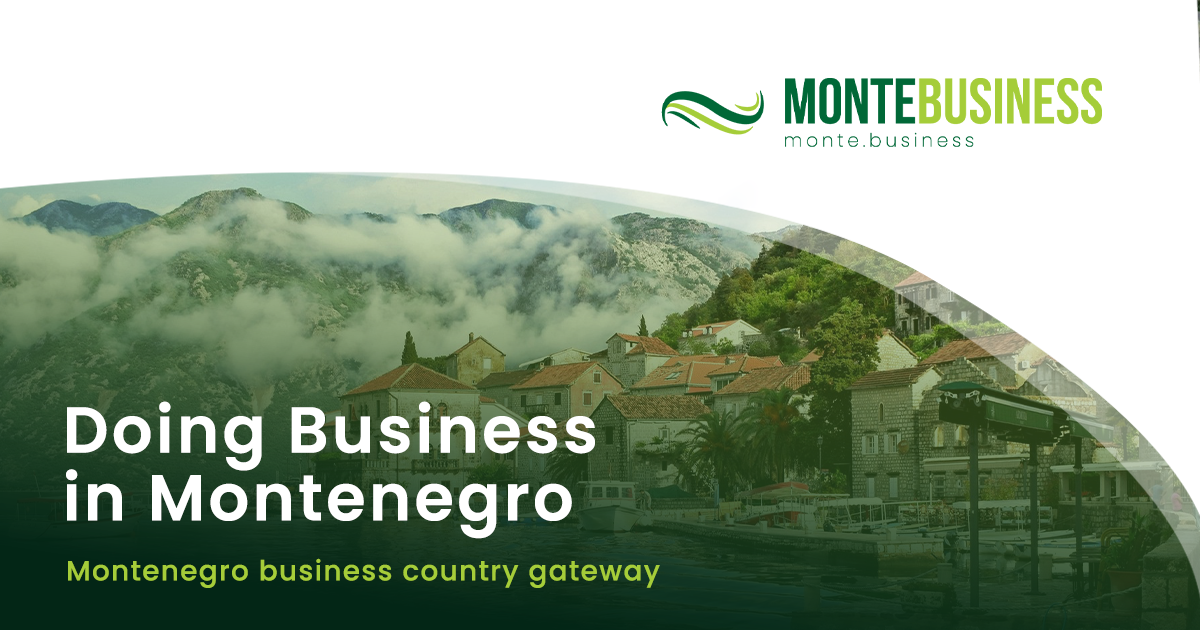Montenegro’s tourism sector, a key part of the national economy, faces a crossroads, balancing promising visitor numbers with declining overnight stays and revenues. Ranko Jovović, president of the Tourism and Hospitality Committee of the Montenegrin Chamber of Commerce, warns that the sector’s challenges cannot be ignored. Transparency is reduced as the Central Bank has, for the first time, omitted detailed tourism revenue data, making it harder to assess the true state of the industry.
From January to July 2025, Montenegro recorded 1,500,795 tourist arrivals, up 4.3 percent from 2024, but overnight stays fell by 4.3 percent compared to the same period last year and 10 percent compared to 2023. Tourism revenue in the first quarter of 2025 totaled €88.4 million, down 6.4 percent from 2024 and 25.6 percent from 2023. Data for the second quarter were presented in aggregate, further reducing transparency.
Jovović emphasizes that the sector must address structural problems such as gray economy, labor shortages, infrastructure deficits, and seasonal concentration. Extending the tourism season and diversifying offerings are essential, with a focus on improving transport access, regional development, and overall visitor experience.
Winter and mountain tourism are highlighted as growth opportunities. He suggests sustainable development for ski resorts, including investment, public-private partnerships, marketing, and infrastructure upgrades, such as artificial snow systems. The establishment of JP Ski Resorts Montenegro provides a framework for managing and enhancing northern tourist sites.
Jovović also links tourism to peace, noting that stability is fundamental for sustainable growth. Tourism fosters economic development, employment, cultural exchange, and international understanding, and only a peaceful environment can ensure the sector’s continued success and positive impact on Montenegro’s future.








